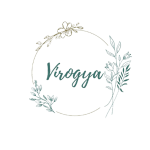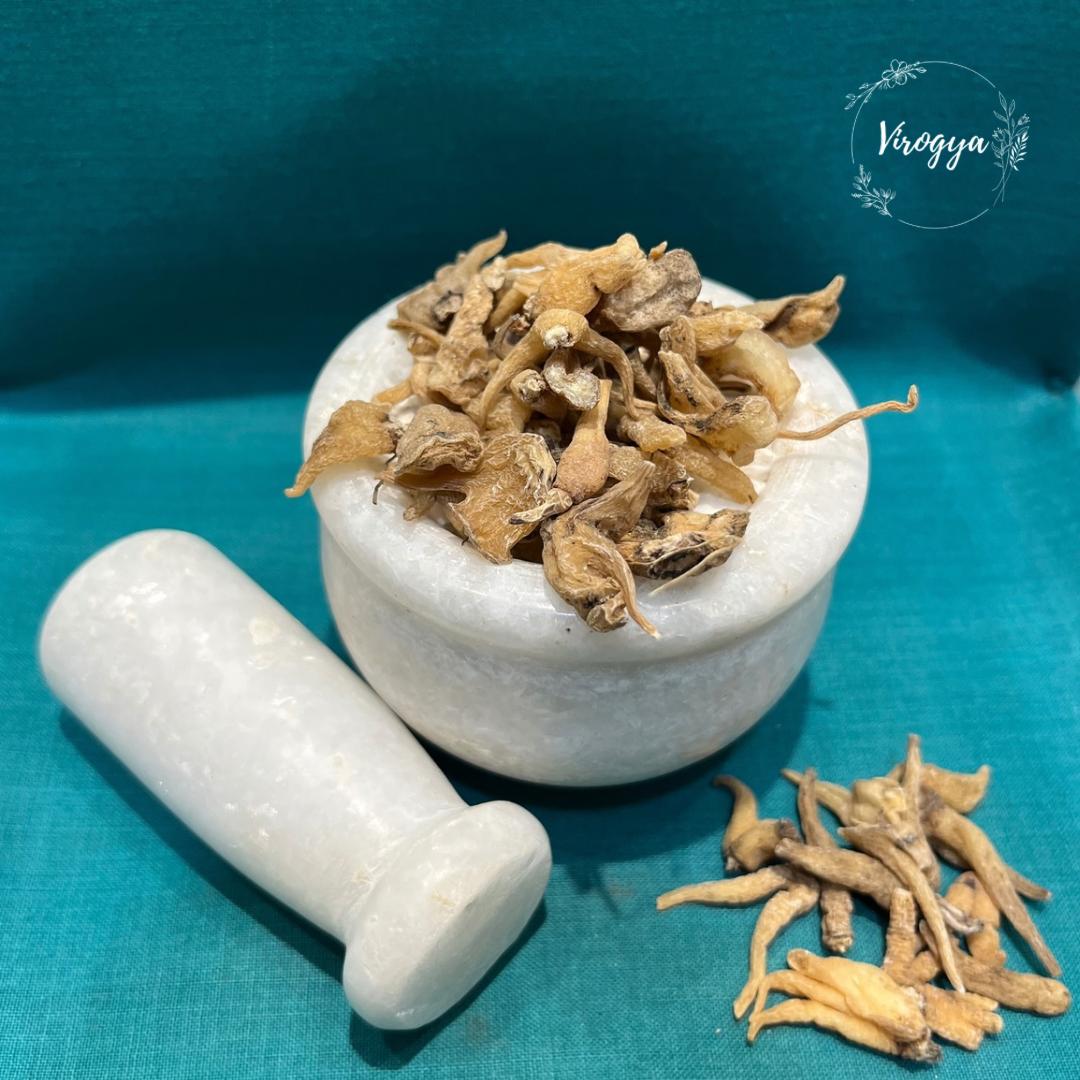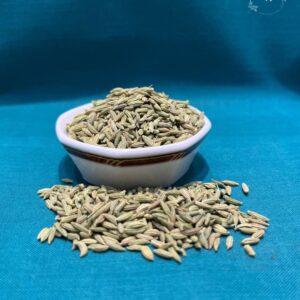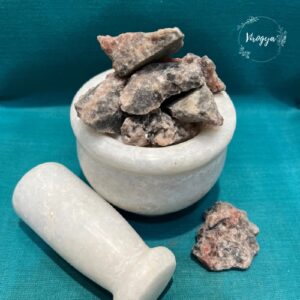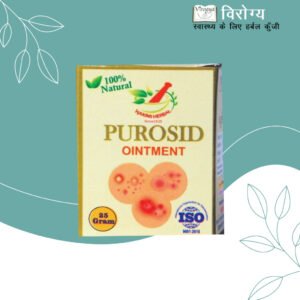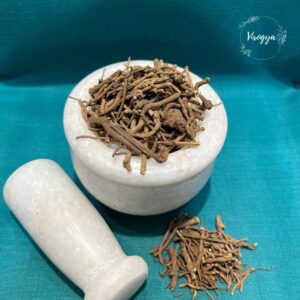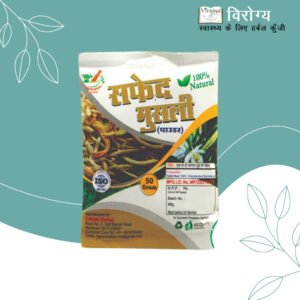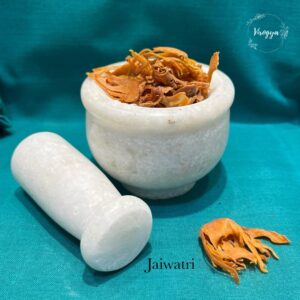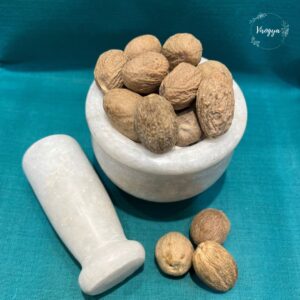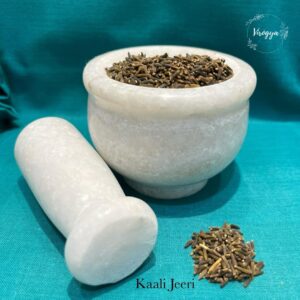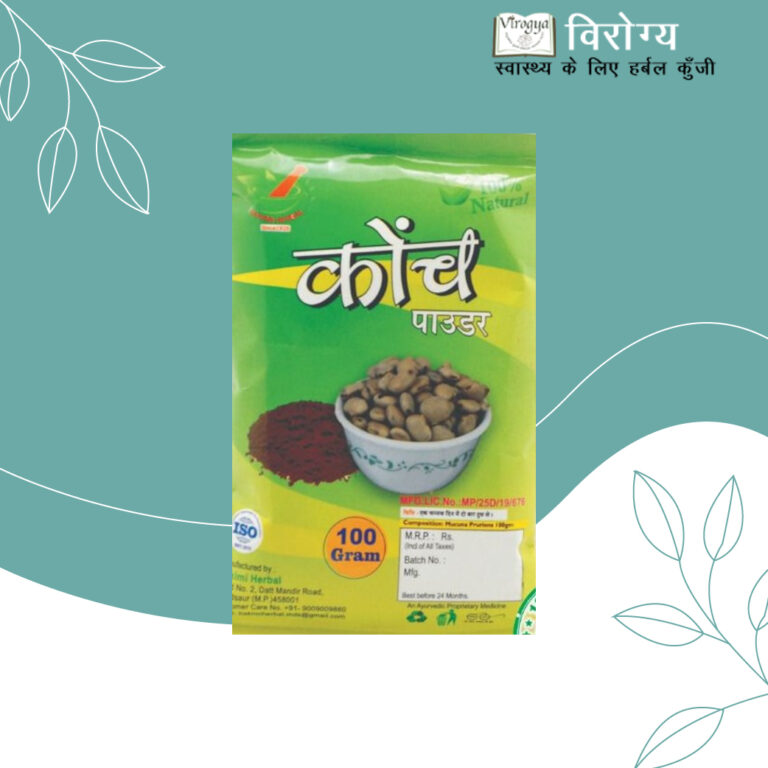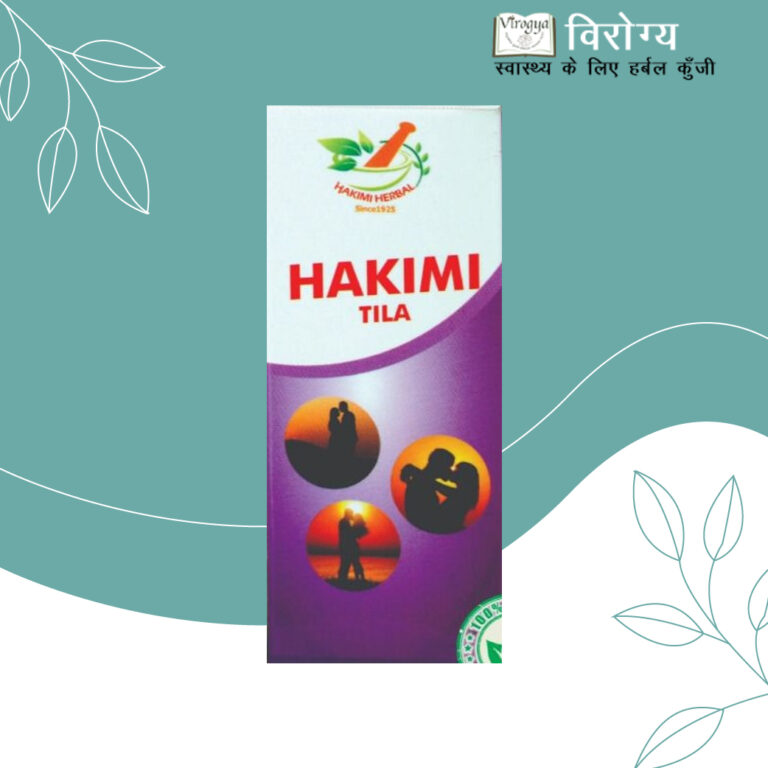Description
Dactylorhiza hatagirea, commonly known as Saalam Panja, is a terrestrial orchid species belonging to the family Orchidaceae. It is a highly valued medicinal plant found in the Himalayan regions and is often used in traditional Ayurvedic and Tibetan medicine. The name Saalam Panja (meaning “five-fingered root”) is derived from its palmately lobed root structure.
Roots
- The plant has tuberous roots, often divided into 3-5 lobes, resembling a palm or a claw.
- These roots store starch and other beneficial compounds, making them important for medicinal use.
Stem
- The stem is erect, unbranched, and about 20-50 cm tall.
- It is hollow and covered with narrow, lanceolate leaves.
Leaves
- Leaves are narrow, lance-shaped, and arranged alternately along the stem.
- They are bright green, sometimes with purplish spots.
Flowers
- The flowers are small, purple to violet in color, arranged in a dense spike-like inflorescence.
- Each flower has a characteristic lip-shaped labellum with lobes and markings.
- The flowering period is from June to August.
Fruits
- The fruit is a capsule, which splits open to release minute, dust-like seeds that are dispersed by wind.
Cultivation & Propagation
- Prefers cool, temperate climates with moist, humus-rich soil.
- Propagation is mainly through seeds and tubers, but seed germination is difficult without fungal associations (mycorrhizal fungi).
- Cultivation is being promoted as an alternative to wild collection.
Conclusion
Dactylorhiza hatagirea (Saalam Panja) is a highly valuable medicinal plant of the Himalayas with diverse applications in traditional medicine. Due to overharvesting and habitat loss, conservation and sustainable cultivation practices are essential to preserve this endangered species.
